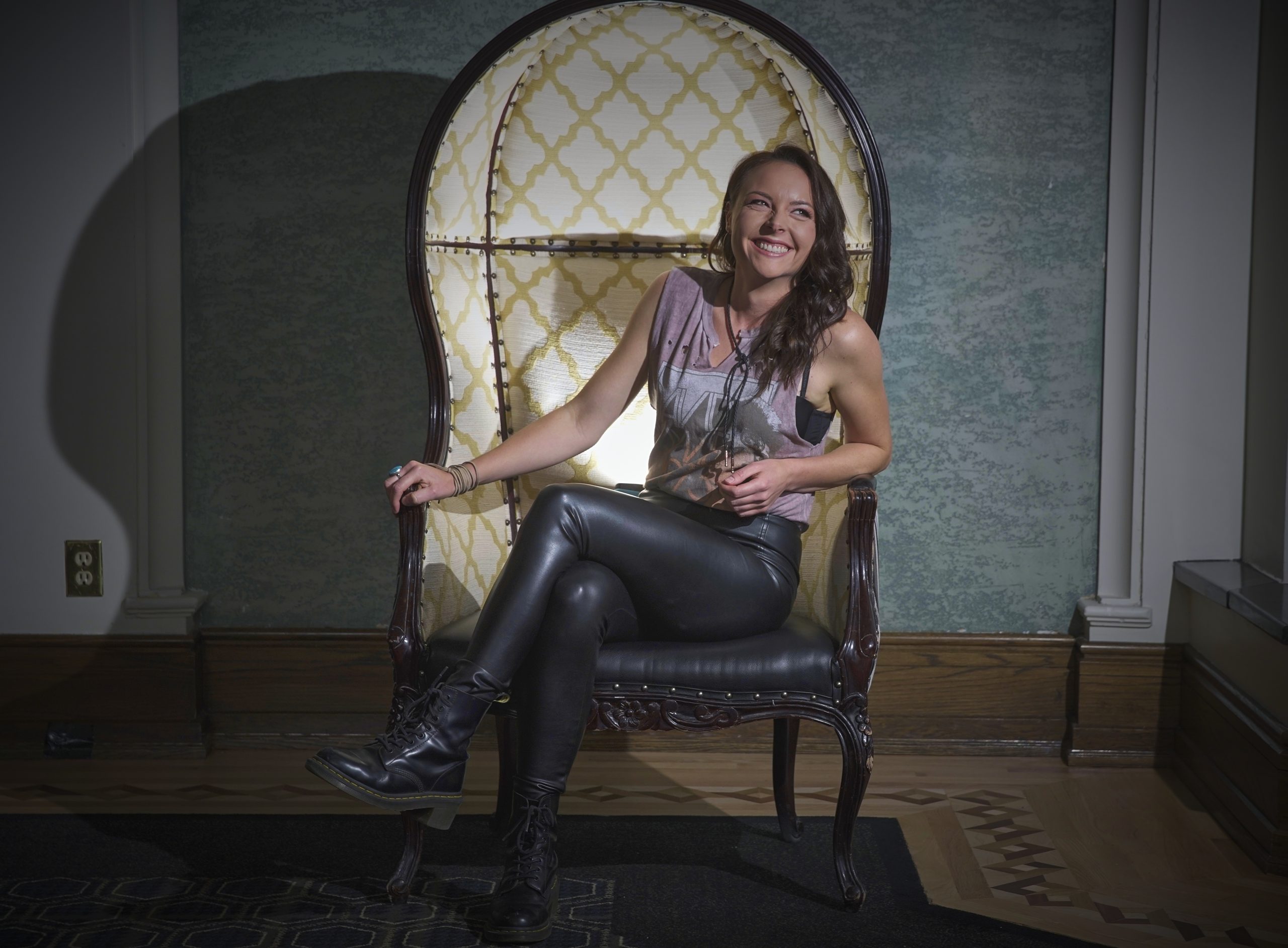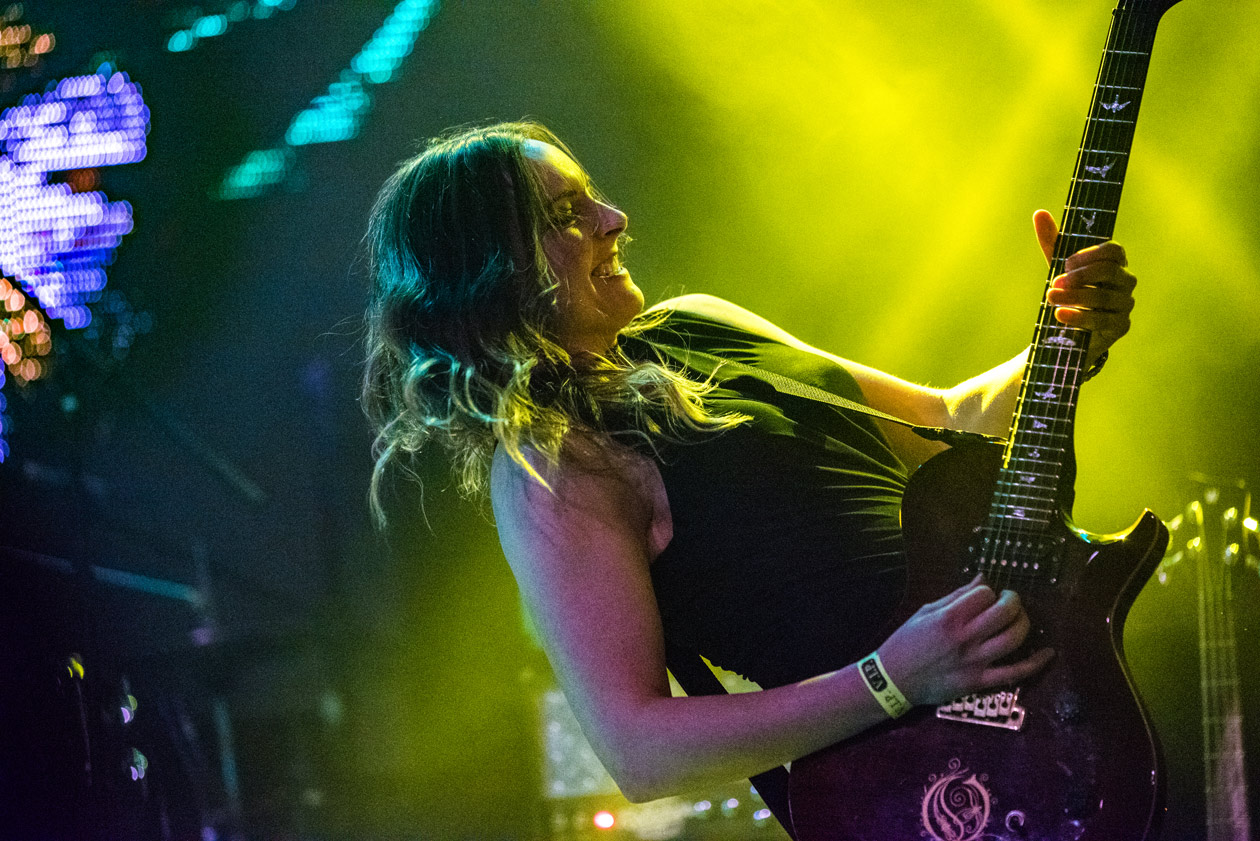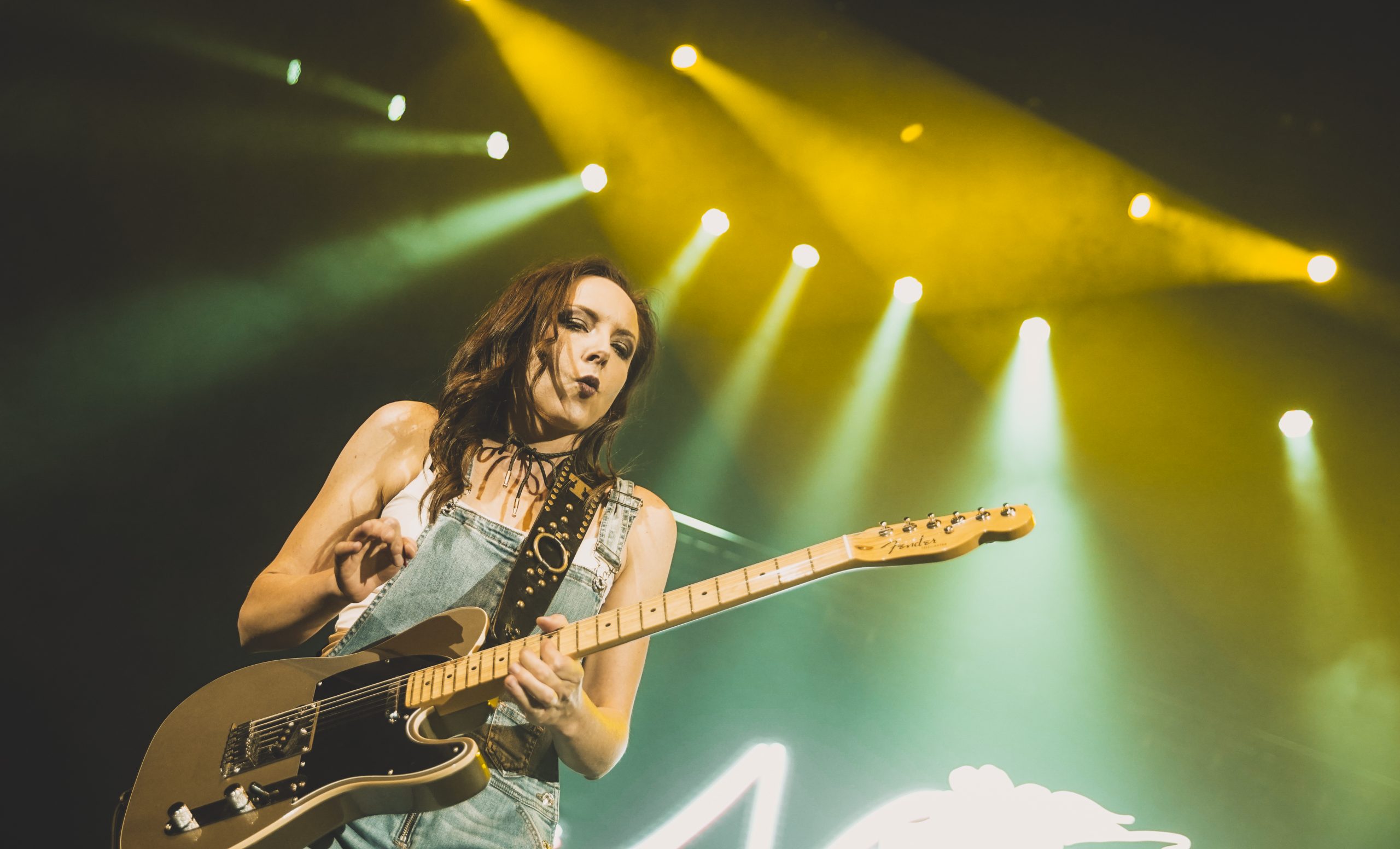
When I started touring with the band Kittie, we were often asked about who inspired us to start playing music. Of course, we have a diverse range of influences across both genre and gender spectrum, but what really stood out is that we could name countless women from the 90’s who inspired us. Kim Gordon, Liz Phair, Alanis, Lauryn Hill, Sheryl Crow, Hole, SWV, Bif Naked, Veruca Salt, Eryka Badu (I could go on). I didn’t realize at the time how much that representation mattered because there was so much of it. I’m a musician today because I had the luxury of seeing myself in these women—listening to them speak out now about their experiences during that time period is a whole other conversation to be had.
“There was a lack of representation in media and on TV, unless what we saw was an exaggerated hyper-stereotypical version that was used to get a laugh.”
That was one side of myself that I was able to see represented, but the LGBTQI+ part was nearly nowhere to be seen in any media at all. I’d be remiss not to mention the careers of Melissa Ethridge and The Indigo Girls, which were incredible to see, but they were pigeonholed as “the lesbian band/act” somewhat as though they needed their own niche genre just because they’re gay. For years they were two of the very few music beacons that members of the community could look to and know they’d be in the company of people who were either similar to them or accepted them as they were. They gave the community a safe space to enjoy music and connect with each other. They broke down the walls that got us to where we are now in LGBTQI+ representation with music. These artists started in the mid-80’s, it’s taken us nearly 30 years to finally start to see queer musicians who don’t have to carry a specific label. We no longer need that quasi-genre, though it was of utmost importance to get where we are now.

Growing up in a small town in Canada in the 90’s, there weren’t any LGBTQI+ people present in my daily life. This made it so difficult to learn and understand myself during this period of time. There was a lack of representation in media and on TV, unless what we saw was an exaggerated hyper-stereotypical version that was used to get a laugh. In my experience, the only moments anyone referenced homosexuality was at the butt end of a joke or when someone was being outwardly cruel. I even once had a boss who told me that conversion therapy has a high percentage of success rate.
“That was one side of myself that I was able to see represented, but the LGBTQI+ part was nearly nowhere to be seen in any media at all.”
I think most young people who experienced this growing up either thought they could repress themselves or hung onto the same mantra of “I’m going to get out of here.” I most definitely used a combination of both of these devices. I gave myself somewhat of a personal punishment by not dating for years at a time, just to avoid having to deal with my own inner struggles head-on. The self-hatred that comes from dwelling on what we presume to be wrong with us, due to society, is incredibly difficult to unlearn. Words matter. Seeing yourself represented matters. And when you don’t see yourself or the only time you hear your group being brought up is to be joked about or outwardly criticized, it ends up burying itself deep in you.

It has been a long journey to purge those thoughts and feelings. Now that I’m older, I no longer live in a small town and I have been able to see the world through music. It can be easy to forget what my experiences and struggles were growing up. I think it’s important to keep that memory close so that I remember how much younger generations and other minority groups need to see themselves represented everywhere.


